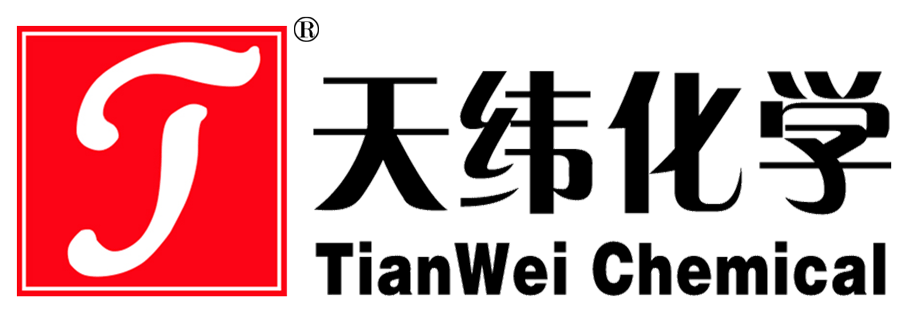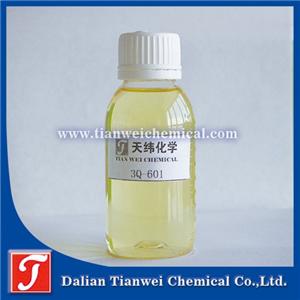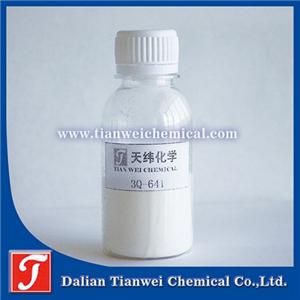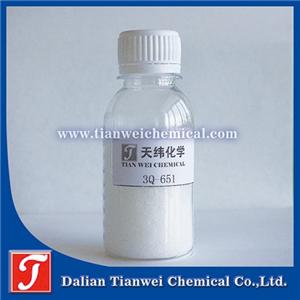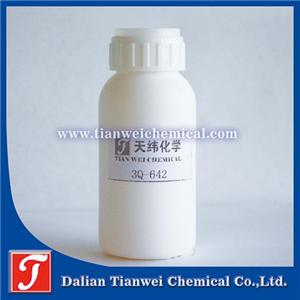Solutions for adding anti-mold and antibacterial agents in wallpaper production
In the production of wallpaper, adding anti-mold and antibacterial agents can start from aspects such as choosing the appropriate type of antibacterial agent, optimizing the addition process, and combining with other anti-mold measures. The following are specific solutions: First, select the appropriate anti-mold and antibacterial agent. Anti-mold and antibacterial agents: By forming a long-lasting antibacterial protective layer on the surface of wallpaper, they can effectively inhibit the growth of bacteria and mold on the surface of wallpaper. Even after cleaning, it can maintain its antibacterial properties. It can effectively inhibit the growth of various microorganisms such as bacteria, molds and fungi. Whether it is bacteria in the air, molds growing in a humid environment or germs in dust, it can effectively suppress their reproduction. Chemically synthesized mold inhibitors: such as Dalian Tianwei Chemical Wallpaper mold inhibitor, it is easy to add, requires a small amount, and is highly efficient and broad-spectrum in killing bacteria and mold. It can effectively control various microorganisms and has a significant inhibitory and killing effect on the vast majority of bacteria and molds. Moreover, it does not develop drug resistance and has a longer persistence
Second, optimize the addition process
Control the dosage: Based on the material of the wallpaper, the production process, and the performance of the anti-mold and anti-bacterial agent, the dosage of the anti-mold and anti-bacterial agent should be reasonably controlled to ensure that it can not only exert effective anti-mold and anti-bacterial effects but also not cause adverse effects on the physical properties and appearance of the wallpaper.
Uniform dispersion: When adding anti-mold and antibacterial agents, it is necessary to ensure that they can be evenly dispersed in the wallpaper material to avoid situations where the local concentration is too high or too low. Uniform dispersion can be achieved through processes such as stirring and grinding.
Iii. Combine with other anti-mold measures
Choose wallpaper materials with good air permeability: such as pure natural materials like reinforced wood pulp, especially wood fiber wallpaper is less likely to mold. Traditional PVC plastic wallpaper is prone to mold in an environment with excessive humidity. This is because the moisture in the wall and air is trapped by the surface plastic and cannot naturally evaporate and dry, which is conducive to the reproduction of mold.
Before construction, apply a base film: Applying a base film on the wall surface can make the wall more compact and form a protective film on the wall surface, preventing moisture from seeping out of the wall, which could cause the wallpaper adhesive and wallpaper to become damp and breed mold.
